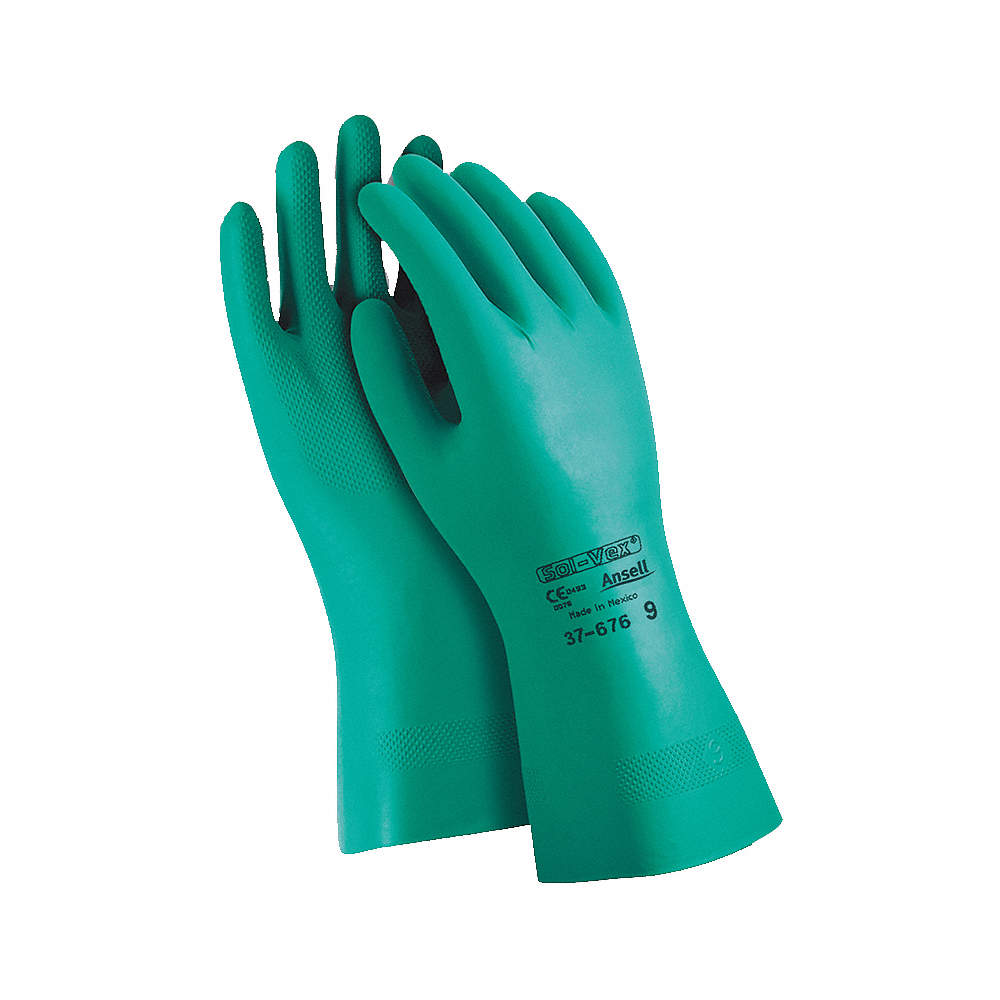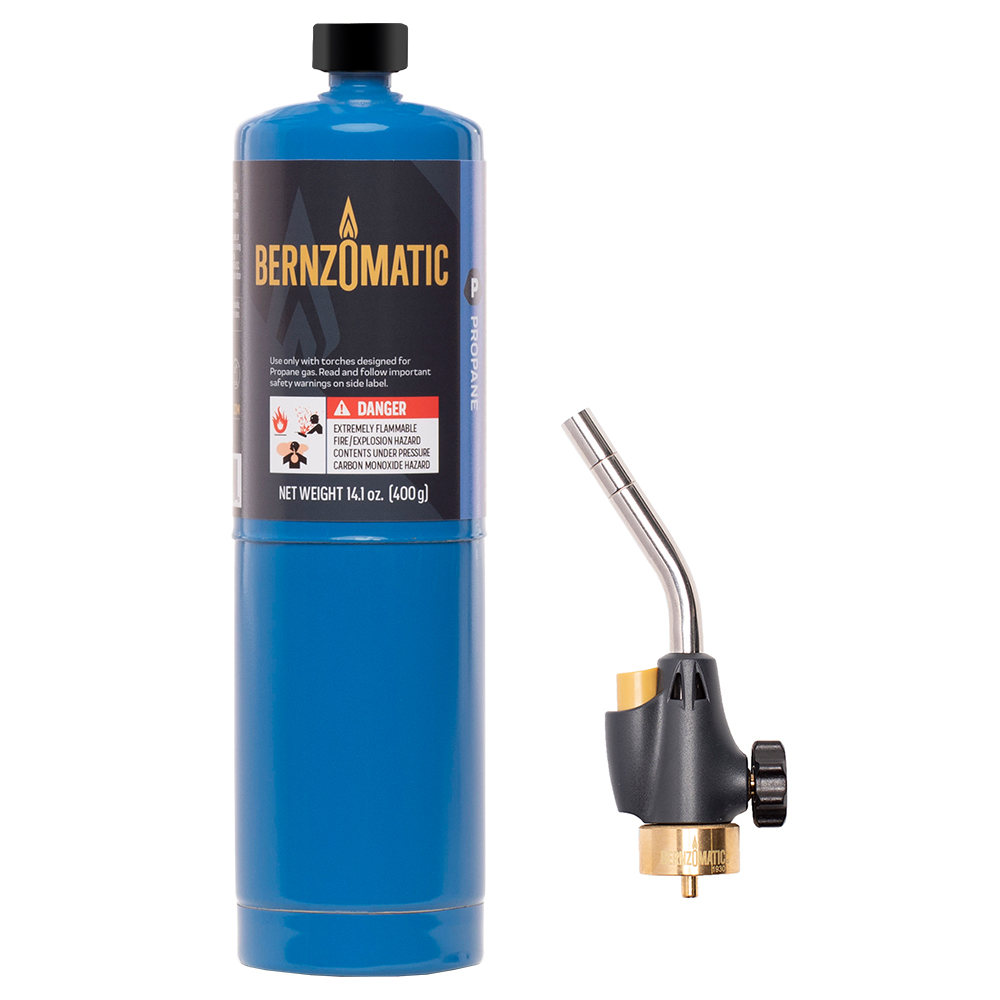Excuse the simple phrase, I am new to VCDS, hello to all.
Just bought a van, which we believe was subjected to strictly city driving - with possible interrupted regens, and limited motorway driving, it appears the van has spent its life in and out of the VW Dealers to deal with multiple DPF warnings.
I have removed the DPF from this VW Crafter 08, 72k miles, 2.5 TDI R5 CR.
The DPF was soaked and cleaned using Wynn's 'Off Car DPF Cleaner.
I also cleaned the EGR, inlet manifold, and Turbo of soot/carbon. The dealer advised replacement of all these parts and DPF, but after removal and cleaning here they seem fine.
These parts were all refitted - and the engine left sat running on tick over for about hour since, today it goes for short drive for an MOT and back, so minimal mileage.
So there will be some soot build up since cleaning that will need to be accounted for.
I have No error codes related to this.
I have tried following this guidance to 'reset' the DPF settings:
http://wiki.ross-tech.com/wiki/index.php/2.0L_CR_TDI
But cannot get past Security Access,
"Engine Control Unit (J623) Security Access"
"Prior to adapting a new USED Engine COntrol Unit the vehicle specific PIN/SKC (IMMI-Login) of the new USED Engine Control Unit has to be used to enable the adaptation.
You'll find the PIN/SKC on the Key Tag of the additional Key (of the donor car) or you can acquire it through your responsible Distribution Centre or Importer."
A call to VW to request the PIN/SKC code on the vehicle I now own - inform me that they 'are unable to disclose such information' ... isn't there some legal case with John Deere equipment in the US going through that will force such manufacturers to disclose - so we can do repairs ourselves, another topic for another day I am sure.
... isn't there some legal case with John Deere equipment in the US going through that will force such manufacturers to disclose - so we can do repairs ourselves, another topic for another day I am sure.
Assume the above wiki article deals just with the ash, but I will also need to account for some of the recent soot build up since cleaning - I have seen inside the Long Adaptation channel 'Carbon Mass (ECM/DPF Replacement) using I think 'Basic Settings' but could not save anything ... Particle Filter Carbon Mass is reading 56, do I understand it right that a grams per Km figure would need to be calculated and entered into 'new value' (after entering '1' first to reset the DPF completely) the stored value is reading 5636 currently. Consumption Since Regen is reading 1.61.
Should a forced regen be preformed perhaps - and then reset, or reset and then try and guess a soot value
http://wiki.ross-tech.com/wiki/index.php/Diesel_Particle_Filter_Emergency_Regeneration
Can anyone help, and are the above 'routine's the correct ones to perform in my situation - I am not replacing a DPF, however in my research so far I gather there is no adaptation for 'cleaning' ... just replacement.
I note the Post on 'DPF statistics' in the 'how to' section ... looks interesting - if I hopefully have that adaptation.
Thanks
Here is my autoscan if of interest:
Just bought a van, which we believe was subjected to strictly city driving - with possible interrupted regens, and limited motorway driving, it appears the van has spent its life in and out of the VW Dealers to deal with multiple DPF warnings.
I have removed the DPF from this VW Crafter 08, 72k miles, 2.5 TDI R5 CR.
The DPF was soaked and cleaned using Wynn's 'Off Car DPF Cleaner.
I also cleaned the EGR, inlet manifold, and Turbo of soot/carbon. The dealer advised replacement of all these parts and DPF, but after removal and cleaning here they seem fine.
These parts were all refitted - and the engine left sat running on tick over for about hour since, today it goes for short drive for an MOT and back, so minimal mileage.
So there will be some soot build up since cleaning that will need to be accounted for.
I have No error codes related to this.
I have tried following this guidance to 'reset' the DPF settings:
http://wiki.ross-tech.com/wiki/index.php/2.0L_CR_TDI
But cannot get past Security Access,
"Engine Control Unit (J623) Security Access"
"Prior to adapting a new USED Engine COntrol Unit the vehicle specific PIN/SKC (IMMI-Login) of the new USED Engine Control Unit has to be used to enable the adaptation.
You'll find the PIN/SKC on the Key Tag of the additional Key (of the donor car) or you can acquire it through your responsible Distribution Centre or Importer."
A call to VW to request the PIN/SKC code on the vehicle I now own - inform me that they 'are unable to disclose such information'
 ... isn't there some legal case with John Deere equipment in the US going through that will force such manufacturers to disclose - so we can do repairs ourselves, another topic for another day I am sure.
... isn't there some legal case with John Deere equipment in the US going through that will force such manufacturers to disclose - so we can do repairs ourselves, another topic for another day I am sure.Assume the above wiki article deals just with the ash, but I will also need to account for some of the recent soot build up since cleaning - I have seen inside the Long Adaptation channel 'Carbon Mass (ECM/DPF Replacement) using I think 'Basic Settings' but could not save anything ... Particle Filter Carbon Mass is reading 56, do I understand it right that a grams per Km figure would need to be calculated and entered into 'new value' (after entering '1' first to reset the DPF completely) the stored value is reading 5636 currently. Consumption Since Regen is reading 1.61.
Should a forced regen be preformed perhaps - and then reset, or reset and then try and guess a soot value
http://wiki.ross-tech.com/wiki/index.php/Diesel_Particle_Filter_Emergency_Regeneration
Can anyone help, and are the above 'routine's the correct ones to perform in my situation - I am not replacing a DPF, however in my research so far I gather there is no adaptation for 'cleaning' ... just replacement.
I note the Post on 'DPF statistics' in the 'how to' section ... looks interesting - if I hopefully have that adaptation.
Thanks
Here is my autoscan if of interest:
Code:
Sunday,09,June,2019,21:56:59:43490
VCDS -- Windows Based VAG/VAS Emulator Running on Windows 10 x64
VCDS Version: 19.6.0.4 (x64) HEX-V2 CB: 0.4505.4
Data version: 20190529 DS308.0
www.Ross-Tech.com
VIN: WV1ZZZ2EZ86033313 License Plate:
Mileage: 72903 Repair Order:
--------------------------------------------------------------------------------
--------------------------------------------------------------------------------
Chassis Type: 2E (2E - VW Crafter Panel Van (LT3 / 2006 > 2016))
Scan: 01 91 92 93 94 95 96 97 98 99 9A 9B 9C 9D 9E 9F A0 A1 A2 A3
B0 B1 B2 B3 B4 B5 B6 C1
VIN: WV1ZZZ2EZ86033313
-------------------------------------------------------------------------------
Address 93: LT3 Immo Labels: 2E0-905-865-93.clb
Part No SW: 2E0 905 843 D HW: 906 900 380 3
Component: IMMO 1423 1322
Revision: 00423000 Serial number: VWZDZ0Q4002050
Shop #: WSC 65439 002 1048576
VCID: 2809F9BA0EF98567A27-807C
No fault code found.
-------------------------------------------------------------------------------
Address 94: LT3 Airbag
Part No HW: 9064461442
Shop #: WSC 00117 555 00000
ASAM Dataset: 3 3332
ROD: CRFT_AB_3_3331.rod (*)
VCID: 55F7804E658BC88FC91-8000
No fault code found.
-------------------------------------------------------------------------------
Address 95: LT3 ESP
Part No SW: 9064481553 HW: 0004460053
Shop #: WSC 00117 555 00000
ASAM Dataset: 3 4099
ROD: CRFT_ESP_3_36928.rod (*)
VCID: 0D47A82E8DDBC04FB11-8058
No fault code found.
-------------------------------------------------------------------------------
Address 96: LT3 Instruments
Part No SW: 9064482021 HW: 0034468021
Shop #: WSC 00000 000 00000
ASAM Dataset: 32 776
ROD: CRFT_KOMBI_32_776.rod
VCID: 04518D0ADE918107EEF-8050
No fault code found.
-------------------------------------------------------------------------------
Address 99: LT3 Ign. Switch
Part No HW: 9069003803
Shop #: WSC 00000 288 01315
ASAM Dataset: 67 259
ROD: CRFT_EZS_67_259.rod
VCID: 55F7804E658BC88FC91-8000
No fault code found.
-------------------------------------------------------------------------------
Address 9A: LT3 Central Locks Labels: 2E0-905-865-93.clb
Part No SW: 2E0 905 843 D HW: 906 900 380 3
Component: HF-FFB 1423 1322
Revision: 00423000 Serial number: 12345678901234
Shop #: WSC 00082 210 103452
VCID: 2809F9BA0EF98567A27-807C
No fault code found.
-------------------------------------------------------------------------------
Address 9B: LT3 Driver Door
Part No HW: 9068203926
Shop #: WSC 00000 000 00000
ASAM Dataset: 33 771
ROD: CRFT_FTUHR_33_771.rod (*)
VCID: 55F7804E658BC88FC91-8000
No fault code found.
-------------------------------------------------------------------------------
Address B0: LT3 Roof Display
Part No SW: 9064480323 HW: 9068203601
Shop #: WSC 00000 000 00000
ASAM Dataset: 21 3
ROD: CRFT_DBE_21_3.rod (*)
VCID: 074B9A06EFA7AA1F8BD-8052
1 Fault Found:
909C - Alarm Horn (H12): No or incorrect basic setting
Test Complete - Active/Stored
-------------------------------------------------------------------------------
Address B1: LT3 Upper Console
Part No HW: 9065454107
Shop #: WSC 00000 000 00000
ASAM Dataset: 67 3
ROD: CRFT1_OBF_67_3.rod (*)
VCID: 55F7804E658BC88FC91-8000
1 Fault Found:
9036 - Supply voltage: Limit value exceeded
Test Complete - Stored
-------------------------------------------------------------------------------
Address B4: LT3 Central Elec.
Part No SW: 9064420600 HW: 9065450601
Shop #: WSC 00000 000 00000
ASAM Dataset: 33 771
ROD: CRFT_EZE_33_771.rod (*)
VCID: 7F5B02E6B777E2DFB3D-802A
2 Faults Found:
9004 - Programmable Special Functions Control Module (J820) : Malfunction in control module
Test Complete - Active/Stored
9001 - Bulb for Left Parking Lamp (M1): Short to Plus
Test Complete - Stored
-------------------------------------------------------------------------------
Address B6: LT3 Steering Wheel
Part No SW: 9065402345 HW: 9065402345
Shop #: WSC 00000 000 00000
ASAM Dataset: 72 257
ROD: CRFT_SML_72_257.rod (*)
VCID: 06559702E8ADB317F0B-8052
No fault code found.
End----(Elapsed Time: 01:20, VBatt start/end: 11.7V/11.7V. VIgn 11.7V)-----
Last edited:







